The Lap Siding Buyers for 2023

Max Shafer
Max Shafer, a distinguished BPA Advisor specializing in Roofing & Exterior Finishes, is passionate about sharing his extensive knowledge and expertise. Max's impactful work as a writer is prominently featured throughout Building Product Advisor. With a specific focus on roofing and exterior finishes, Max contributes valuable insights that shape discussions on cutting-edge construction practices and materials in these crucial areas.
Lap siding is one of the most popular styles when it comes to residential exteriors in the U.S. It has been used for generations on all sorts of architectural styles, and lap siding delivers a classic look that simply doesn’t age. Instead of becoming outdated – which is a common risk for many design trends – lap siding will continue to be attractive and desirable decades from now.
This guide breaks down everything you need to know when it comes to choosing the best lap siding style and material for your home.
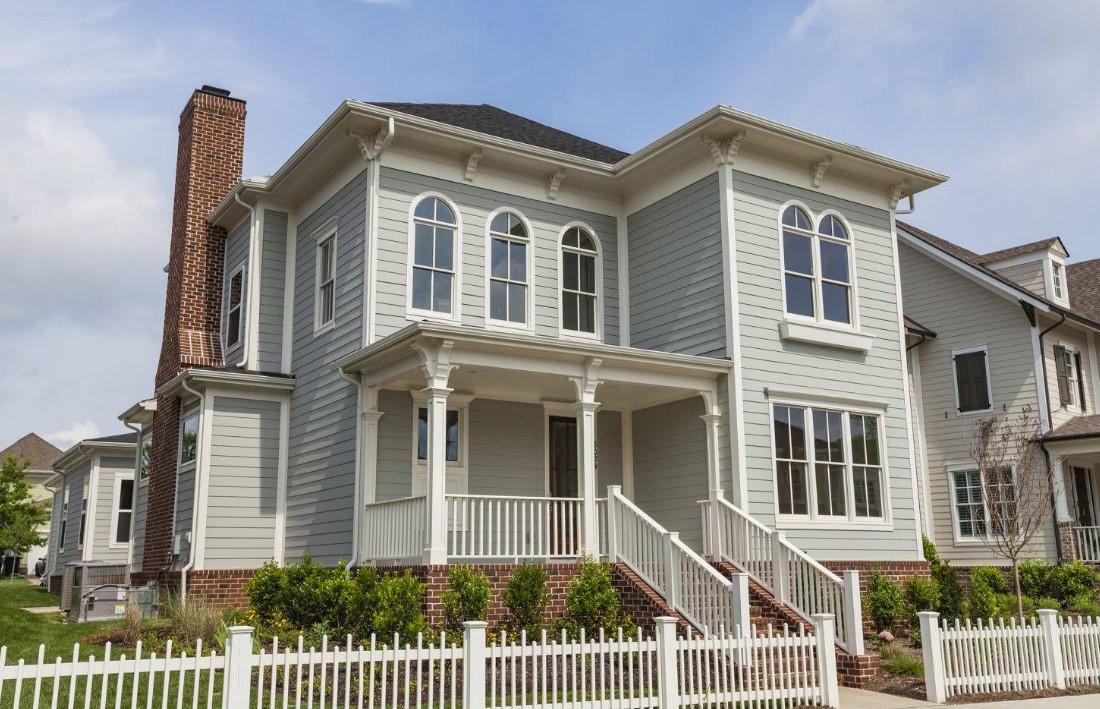
What is Lap Siding?
Lap siding is a popular siding option used on homes and buildings to provide protection from the elements and give a modern, attractive look. It is also known as horizontal siding because the boards are installed horizontally, and overlap one another. The overlapping boards create a water-resistant barrier to protect the structure from the elements. Lap siding is made from various materials, such as wood, vinyl, aluminum, and fiber cement.
Installing lap siding is relatively simple and involves nailing the boards to the structure in a horizontal pattern. The boards are then sealed with a water-resistant sealant to keep water from penetrating the structure. Depending on the material used, lap siding may require sanding and staining, or painting, in order to maintain its appearance and protect it from the elements. Lap siding is available in a variety of colors and textures to choose from, for a unique look for any home or building.
Popular Lap Siding Styles
Because of its popularity, lap siding is available in many variations. Slight stylistic differences have multiplied the amount of choice and design potential that homeowners can consider. Get to know the subtle differences in these popular lap siding styles.
Traditional Lap Siding
The traditional form of lap siding features a narrow top side carefully tucked beneath the wider bottom of the next course to create moderate shadow lines. With less of a beveled edge than clapboard and a little less shadow than Dutch lap, classic lap siding is the in-between style that has proven timeless. This classic style of lap siding is what most folks imagine when they think of a lap exterior, since it is prevalent throughout the country.
Clapboard Lap Siding
With a horizontal layout and smooth finish, clapboard is a classic siding choice commonly found in New England. This style of lap siding consists of wedge panels with one edge slightly thicker than the other. Because of the wedge shape, overlapping the panels results in an even profile.
Channel Lap Siding
Channel lap siding traditionally has a 1/2" overlap and a 1" to 1-1/4" "reveal" in order to create a channel effect between siding boards. In other words, there's a gap between the boards (a channel). Channel lap siding is often made from wood and features a rough hewn texture.
Beaded Lap Siding
Beaded lap siding is said to have a ‘bead’ at the bottom – but really, this is just another way to describe a slightly thicker bottom edge. Because of the bead, the overlap becomes more pronounced, which lends to noticeable shadow lines. Beaded lap is one of the lesser known types of lap siding, and it is primarily used to dial up the decorative nature of the exterior.
Beveled Lap Siding
Beveled lap siding (clapboard siding) is a type of siding that is composed of overlapping boards that have a beveled edge. Builders can cut flat boards at an angle to create two boards with slightly angled profiles. As a result, the bottom of the board is thicker than the top, and creates a slope that sheds water away from the building. The beveled edges also allow the boards to fit together snugly, for a water-resistant seal that helps protect the structure from the elements. Beveled lap siding also has a unique aesthetic that can enhance the look of a building, and it’s relatively easy to maintain.
Horizontal Lap (Dutch Lap) Siding
Featuring a slightly concave shape, Dutch lap siding – also referred to as horizontal lap siding – delivers a more noticeable reveal and shadow line than smooth lap siding styles, like clapboard. The affordability and mass production of Dutch lap siding helped it become one of the most common siding styles in years past.
Shiplap Siding
With a unique installation method that creates a top-sided overlap and extremely snug joints, shiplap siding can appear almost flat. Though the overlap is still visible, shiplap siding has almost no shadow lines and minimal reveal.
Material Options for Lap Siding
Understanding the stylistic differences of lap siding variations can cause homeowners to wonder how much expertise and labor will need to be involved in the installation process. The material makes the most difference when it comes to deciding on the work needed for lap siding installation.
Wood Lap Siding
Natural wood is likely to require the most time, effort, and expertise when it comes to the lap siding installation process. Overlapping panels must be secured precisely in order to get reliable coverage without any gaps. However, faulty installation is only one concern with wood lap siding. Deterioration is also a big issue, since natural wood is prone to moisture damage, dry rot, and color fading. Its flammability also raises additional concerns.
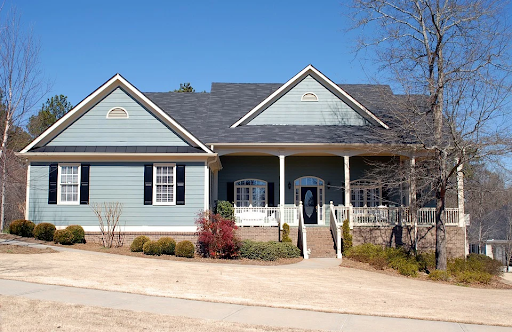
Engineered Wood Lap Siding
Engineered wood lap siding offers a variety of benefits. It's a durable, low-maintenance material that can provide the long-lasting protection and style of traditional wood without as much maintenance. It's also designed to resist crumbling, fading, and cracking. In addition, engineered wood is energy-efficient, and it helps to insulate the home from air and water infiltration. However, engineered wood isn't quite as strong as solid wood. Engineered wood is also generally pretty costly.
Fiber Cement Lap Siding
Fiber cement lap siding is a popular choice due to its durability, low maintenance, and affordability. It does a fantastic job of resisting rot, insects, water, and fire, which makes it a suitable material for various climates. It also won't crack, warp, or flake over time like other materials. However, fiber cement lap siding can be expensive and time-intensive to install. It also may require additional sealing and caulking to protect against moisture damage. In addition, its weight makes it difficult to install and prohibits the types of homes and buildings that can support it.
Vinyl Lap Siding
Vinyl lap siding can ward off some of these concerns, since it is much easier to install than natural wood and can often be more affordable as well. Certain types of vinyl can also provide better protection from the elements and lead to less deterioration.
Vinyl lap siding is only a small step above natural wood, as it comes with its own issues, like cracking, color fading, and warping with exposure to the heat/thaw cycle. All in all, vinyl lap siding only offers minimal advantages over natural wood.
Steel Lap Siding
Homeowners can take refuge in a more modern material that offers better durability and weather protection than either wood or vinyl lap siding. Resistant to water damage and built to provide heavy-duty durability in the elements, steel lap siding is the smart choice for homeowners who want a long-lasting exterior. Steel lacks the risky flammability issues of vinyl and wood lap siding. It’s also crafted for a fast and easy installation process, and features intuitive lock-in designs that deliver the lap siding look with minimal effort.
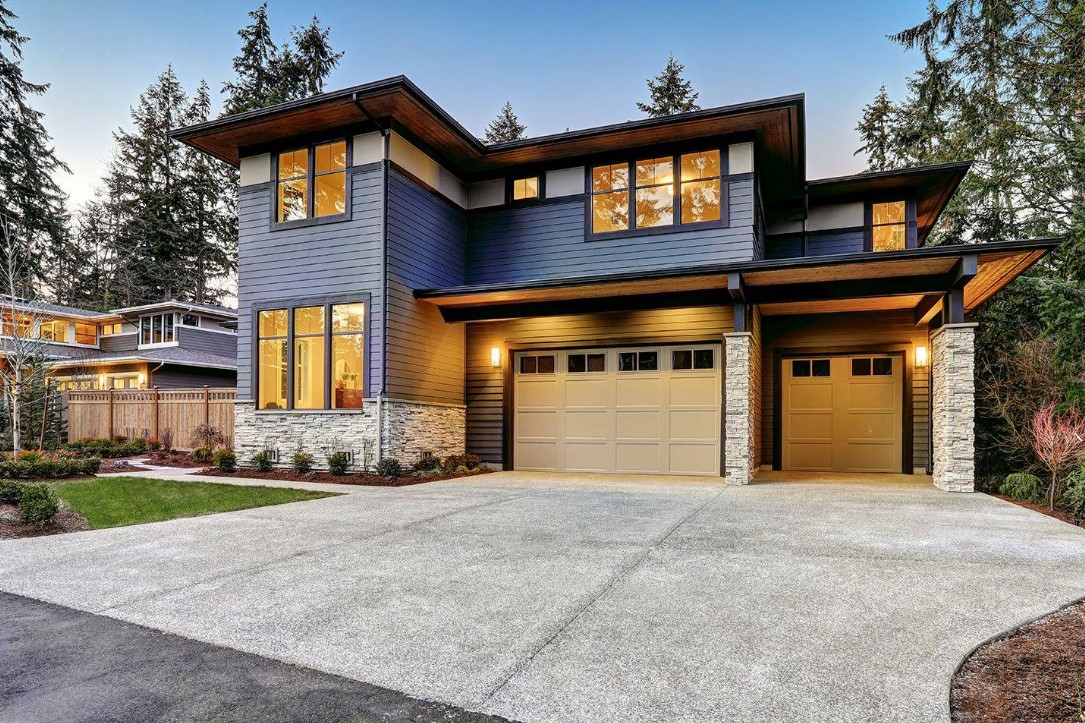
What’s Your Experience with Lap Siding?
Ultimately, lap siding is a versatile and stylish siding option for any home. With an array of styles and materials to choose from, it's a favorite amongst homeowners. In addition, its classic style ensures that it will be trendy in 2023 and for many years to come.
Do you have experience with lap siding? Have you used it or seen it before? Share your experience in the comments below.
Get Smarter About Building Products
Join 50,000+ subscribers and get our 3 min daily newsletter on what matters in the building materials industry.
You might like this
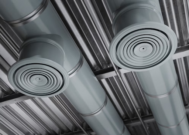

Solving Ventilation Challenges: Metal Deck Profiles and Back Draft Dampers as Key Solutions
When it comes to building design and construction, ventilation is a critical factor that often presents significant challenges. Proper ventilation is essential for maintaining indoor air quality, controlling temperature, and ensuring occupant comfort and safety. In this article, we will explore how metal deck profiles and back draft dampers are key solutions for addressing ventilation […]
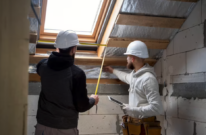

The Ultimate Guide to Home Insulation
When it comes to creating a comfortable and energy-efficient home, insulation plays a pivotal role. Proper insulation helps regulate indoor temperatures, reduces energy consumption, and enhances overall comfort. In this comprehensive guide, we’ll explore various aspects of home insulation, including the best types of insulation for different areas of your home and key considerations for […]
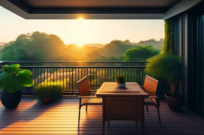

The Best Hidden Deck Fasteners: Concealed Elegance and Lasting Stability
Decks, those quintessential outdoor havens, serve as extensions of our living spaces, inviting us to bask in the open air. But what if we could take this experience to the next level? Enter concealed deck fasteners, the unsung heroes that elevate your deck’s appearance and structural integrity, all while keeping their existence a secret. In […]